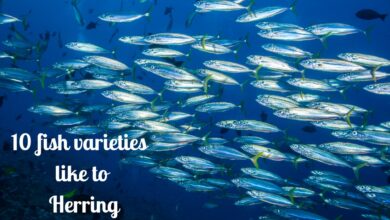5 fish similar to crayfish
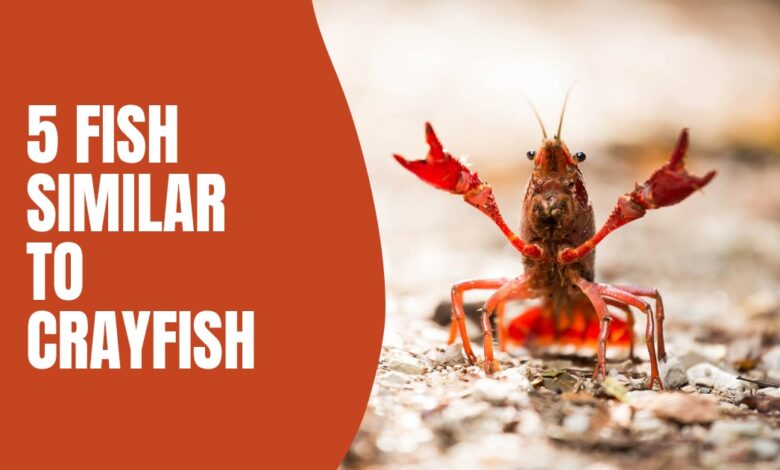
5 fish similar to crayfish
Crayfish, also known as crawfish or crawdads, are freshwater crustaceans that exhibit a fascinating array of behaviors and adaptations. Their unique appearance and behavior make them intriguing creatures for aquatic enthusiasts.
Crayfish exhibit similarities to lobsters and various other crustaceans. Belonging to the Decapod order, which encompasses over 15,000 species, these freshwater creatures often display reddish or brown hues and feature segmented bodies comprised of two main sections.
Let’s explore five fish species that share some characteristics or habitats with crayfish, creating an engaging underwater world.
1. Cherry shrimp
Cherry shrimp and crayfish share commonalities not only in their habitat preference but also in their appearance. Both possess segmented bodies and belong to the broader category of crustaceans.
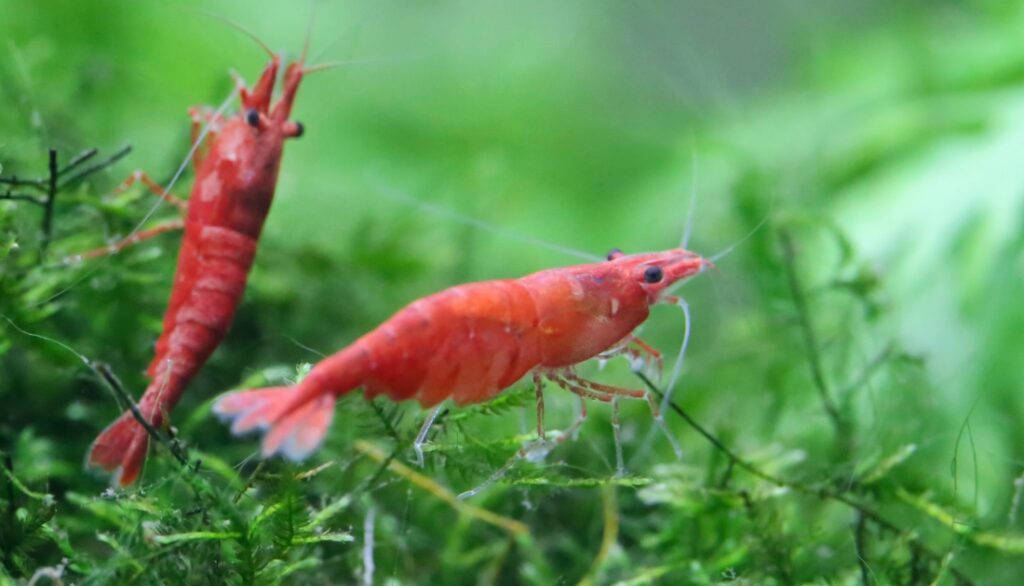
While crayfish are known for their freshwater habitats, cherry shrimp exhibit a preference for freshwater environments as well, reinforcing their visual resemblance.
These miniature crustaceans, with their vivid red shells, showcase a striking similarity in size, measuring between less than an inch and just below six inches in length or 10-150 mm.
See Also: The 12 type Animals similar to Moles
2. Coconut crabs
The coconut crab, also known as the robber crab or palm thief, is a unique and fascinating species. Both coconut crabs and crayfish belong to the crustacean family, characterized by their hard exoskeletons.
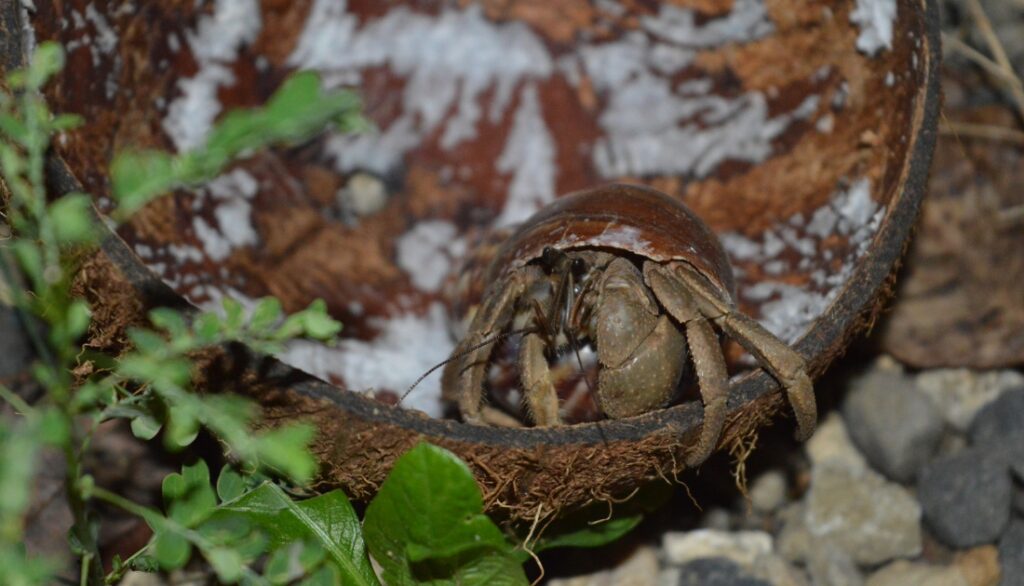
They share similarities in their pincers and other appendages adapted for feeding and defense. While coconut crabs primarily live on land, they maintain a connection to aquatic environments, much like crayfish.
Coconut crabs have a slow growth rate and can live for several decades, potentially up to 60-70 years. Found on islands in the Indian and Pacific Oceans, coconut crabs primarily inhabit coastal areas and can climb trees.
Despite their name, coconut crabs don’t primarily eat coconuts. They have a varied diet, consuming fruits, nuts, and even carrion. They use their strong pincers to open hard shells.
3. Chinese mitten crab
The Chinese mitten crab, also known as Eriocheir sinensis, is a unique species of crab. Native to eastern Asia, particularly China and Korea, the Chinese mitten crab inhabits both freshwater and saltwater environments. It is known for its ability to migrate long distances between freshwater rivers and estuaries or coastal regions.
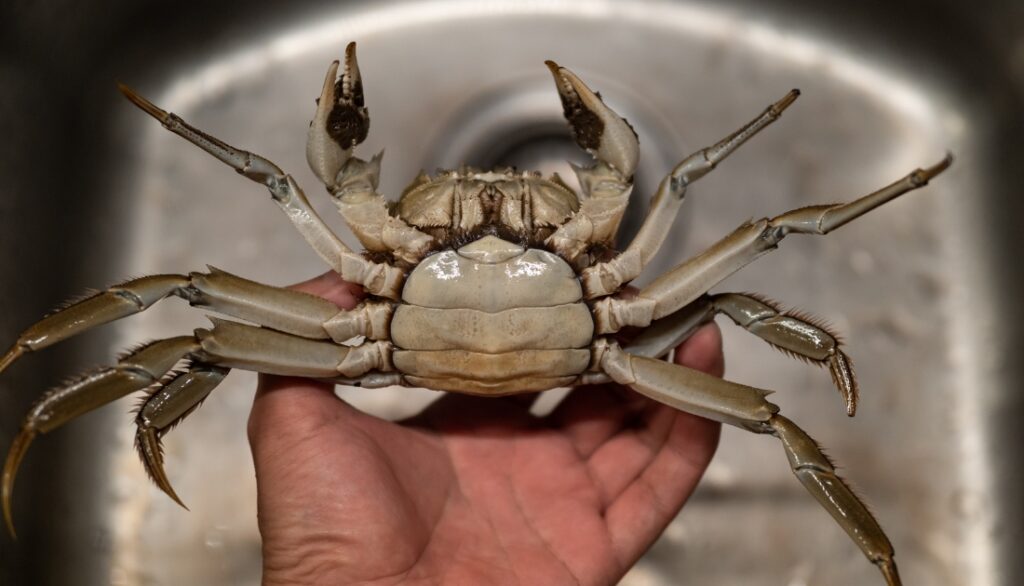
Crayfish and Chinese mitten crabs are both freshwater crustaceans, with hairy crabs being a sought-after seasonal delicacy in Singapore. Additionally, true crayfish and specific lobster varieties, despite sharing the name, enjoy significant popularity in the region.
The Chinese mitten crab undergoes a remarkable life cycle, starting its life as larvae in freshwater before migrating to saltwater habitats as adults. They return to freshwater to breed, completing the cycle. This behavior is known as amphidromy.
4. Maine lobsters
Maine lobsters, characterized by their claw-bearing anatomy, share close kinship with crayfish. Both creatures fall under the infraorder Astacidea, part of the Pleocyemata suborder.
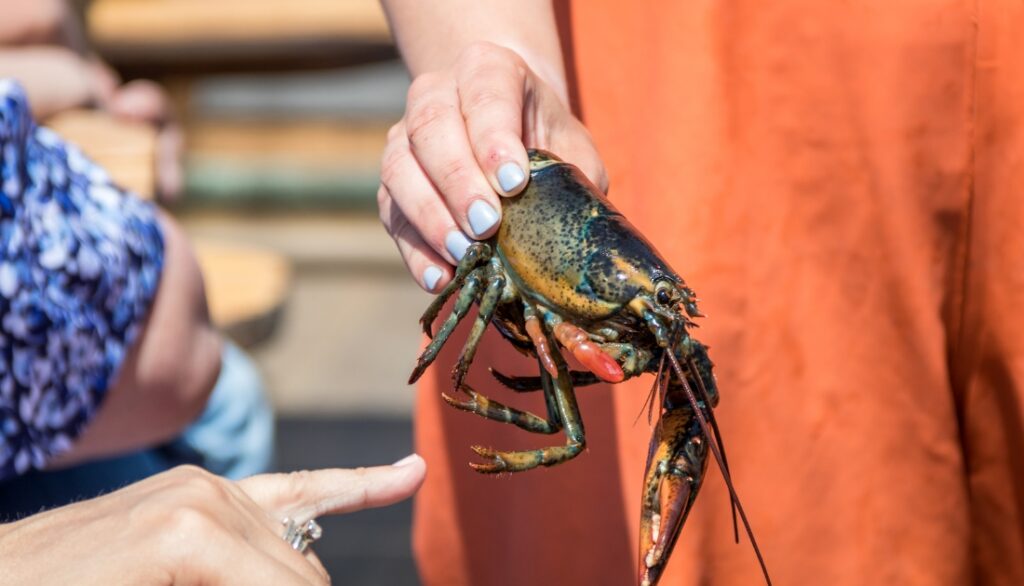
Both crayfish and Maine lobsters have a hard exoskeleton, known as a carapace, which provides protection for their bodies. They are both celebrated as culinary delights, enjoyed in various dishes around the world. Despite differences in size and habitat, these crustaceans share common traits in their anatomy and culinary significance.
Maine or American lobsters exhibit a similar elongated body structure, composed of precisely 20 segments. Their front features pereiopods, which serve as their walking legs.
5. Ohio River shrimp
The Ohio River shrimp, although once abundant in the Ohio River, has faced a decline in population due to pollution and dam-related issues. Nevertheless, it still thrives in Louisiana, a region where crayfish are also prevalent.
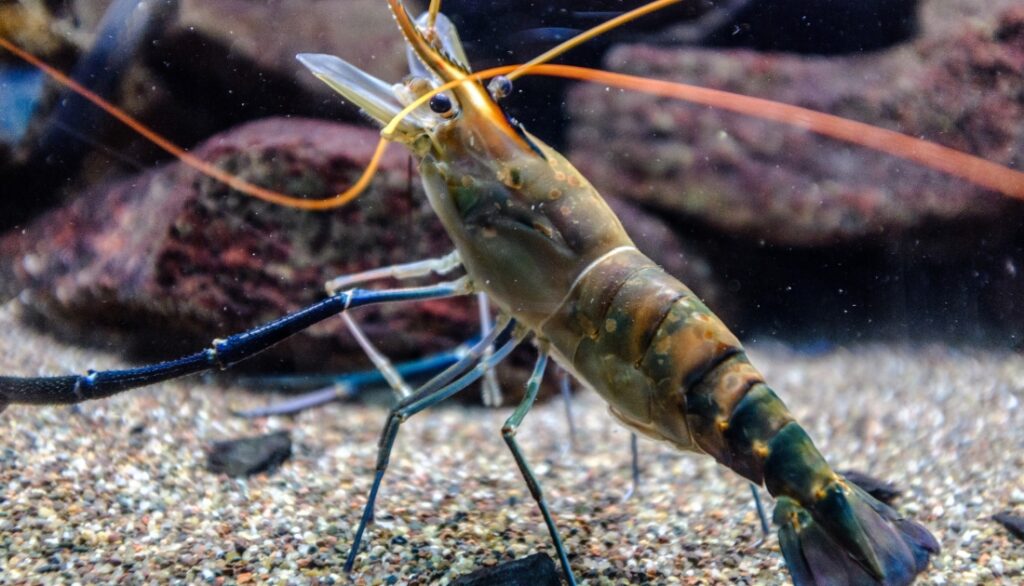
Both crayfish and Ohio River shrimp are crustaceans belonging to freshwater habitats. Their reliance on antennae for sensory functions highlights their adaptation to their environments. While pollution and dam impact have affected the Ohio River shrimp in certain areas, Louisiana remains a habitat where both species coexist. These creatures play essential roles in aquatic ecosystems, contributing to the intricate balance of underwater life.
Both crayfish and Ohio River shrimp share a characteristic feature with two sets of antennae located at the front of their heads. One pair consistently surpasses the other in length, providing heightened sensitivity to smells, vibrations, and touch.



